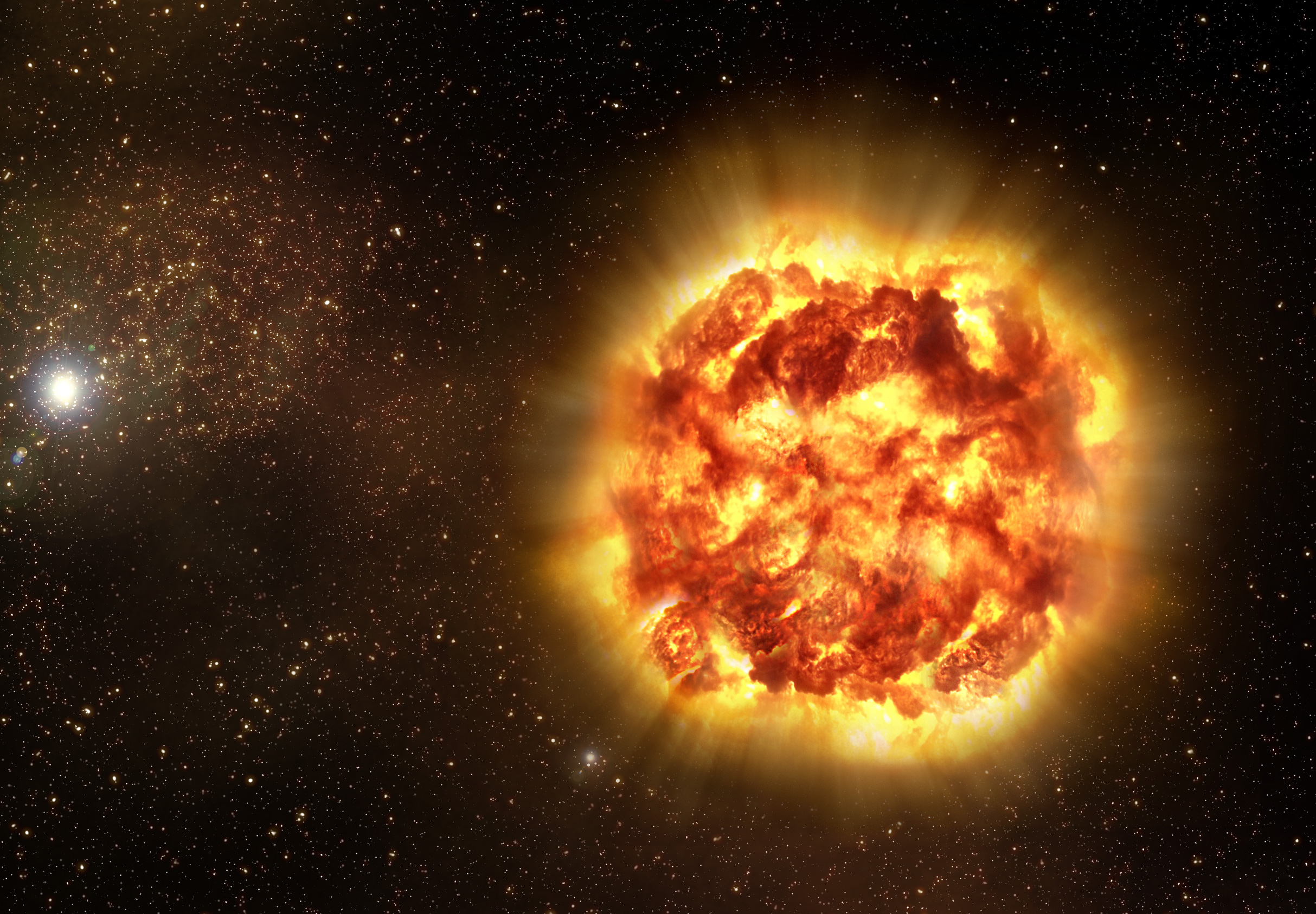Betelgeuse, the second-brightest star in the night sky, will go supernova within the next million years according to new research published in The Astrophysical Journal Letters. While it may not be visible from Earth with the naked eye, you’ll want to look at least 10 times per minute if you do want to catch it. Follow these steps to make sure you don’t miss this once-in-a-lifetime event!
The Betelgeuse Star
This particular supergiant star is located about 600 light years away and is roughly 15 times as massive as our Sun. It’s thought to be in a stage of evolution where it will soon collapse, causing it to create a supernova explosion. While that may sound dramatic, one of these explosions only happens every 25,000 years in our galaxy—so you don’t have to worry about seeing one any time soon! When Will it Happen: Unfortunately, no one knows exactly when Betelgeuse will go supernova. The best estimates are between 1,000 and 100,000 years from now. What we do know is that there are two ways for stars to die: they can either explode into a planetary nebula or they can form a white dwarf. Because Betelgeuse is so large, it’s predicted to create a supernova rather than become a white dwarf. How Bright Will It Be?: If you look at an image of Betelgeuse through binoculars or telescopes, it appears red because its surface temperature is cooler than most other stars (about 3200 Kelvin). But if it were to suddenly go supernova, then its surface temperature would increase dramatically—upwards of 50,000 Kelvin! That would make it appear blue-white in color, similar to Rigel or Sirius. Where Can I See It From?: Since Betelgeuse is near Orion’s Belt, which makes up part of what’s known as Orion’s Sword, you might think you could see it from anywhere on Earth.
Will we see it?
The supernova will be easily visible to many of us on planet Earth, but that doesn’t mean we’ll see it. The bigger question is: Should we expect to see it or not? And if so, when and where can we expect to catch a glimpse? Let’s take a look at these questions. First, let’s consider how bright it might be.
Our sun is about one million times brighter than Betelgeuse; therefore we would need binoculars to see our sun in daylight! The same goes for Betelgeuse; in fact, Betelgeuse is an estimated 1 million times brighter than our sun and thus 10 billion times brighter than our moon!
When will it happen?
The bright red supergiant star Betelgeuse is one of three stars, along with Antares and Aldebaran, in a shoulder-to-shoulder formation known as the winter triangle. A massive star that is nearing its final stages of life, astronomers predict that it will explode in a Type IIb supernova some time between 2030 and 2044. When that happens, there’s a chance we could see it from Earth—but only if you live in a certain region of our planet. If you don’t live near any major metropolitan areas or light pollution sources, you might be able to catch sight of Betelgeuse’s explosion when it happens!
Conclusion
There are currently two stars that we know of that will go supernova in our lifetime. Both of these happen to be close enough to us that it’s conceivable we’ll get a pretty good view of them; however, they’re not guaranteed. And even if we do see one or both, there’s a chance it won’t look anything like astronomers predict it will.
![]()
